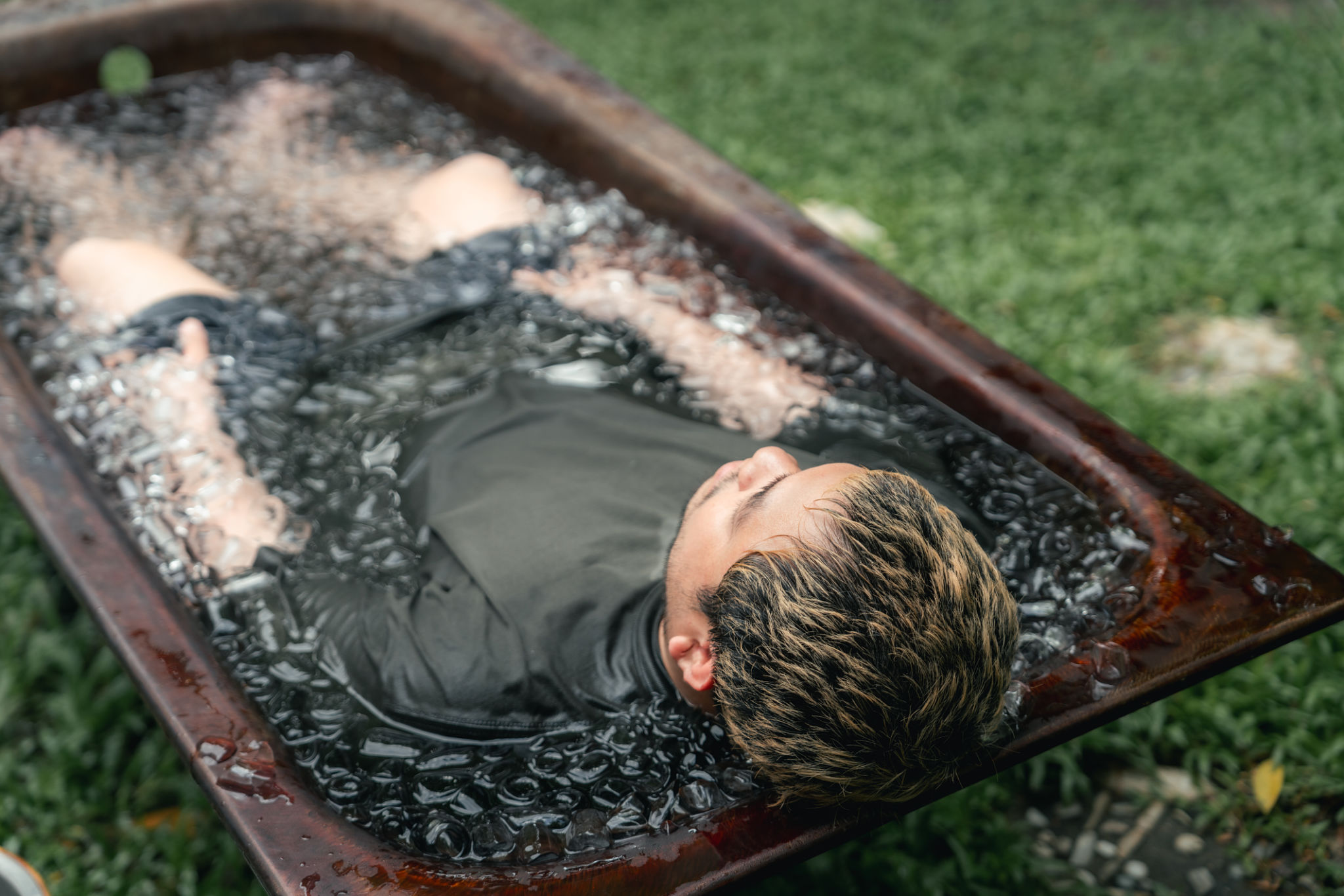Top Myths About Cold Plunging Debunked
Understanding Cold Plunging
Cold plunging, also known as cold water immersion, has gained popularity in recent years as a method to boost recovery and enhance overall well-being. However, there are numerous myths surrounding this practice that can deter individuals from experiencing its benefits. In this article, we will debunk some of the most common misconceptions about cold plunging.

Myth 1: Cold Plunging is Only for Athletes
One of the most prevalent myths is that cold plunging is exclusively for athletes. While it's true that many athletes use it for muscle recovery, cold plunging is beneficial for everyone. The practice can help reduce inflammation, improve circulation, and even boost mental health by releasing endorphins. Whether you're an athlete or someone looking to enhance your wellness routine, cold plunging can be a valuable addition.
Myth 2: It's Dangerous for Your Heart
Another common myth is that cold plunging can be harmful to your heart. While it's important to consult with a healthcare provider if you have pre-existing heart conditions, cold plunging is generally safe for most people. The initial shock of cold water can cause a temporary increase in heart rate, but regular exposure can actually improve cardiovascular health by increasing the efficiency of your heart and blood vessels.
Myth 3: You Need to Stay in for a Long Time
Some believe that to reap the benefits of cold plunging, one must endure long sessions in icy water. However, even short durations can be effective. Experts suggest that spending just 2 to 5 minutes in cold water can yield significant health benefits. The key is consistency rather than duration.

Myth 4: Cold Plunging Causes Hypothermia
There is a fear that cold plunging could lead to hypothermia. While it's essential to be cautious and aware of the body's signals, the risk of hypothermia is minimal when done correctly. It's crucial to limit exposure to the recommended time and ensure you warm up adequately afterward.
Myth 5: You Must Use Ice-Cold Water
Many assume that for cold plunging to be effective, the water must be ice-cold. In reality, water temperatures between 50°F (10°C) and 59°F (15°C) are sufficient to achieve the desired health benefits. The focus should be on regular exposure rather than extreme temperatures.

Myth 6: Cold Plunging Alone Ensures Recovery
While cold plunging can significantly aid in recovery, it should not be viewed as a standalone solution. A comprehensive recovery plan should include adequate rest, proper nutrition, and hydration. Cold plunging is a valuable component but works best when integrated into a holistic approach to health and wellness.
In conclusion, cold plunging offers numerous health benefits beyond athletic recovery. By debunking these myths, we hope to encourage more individuals to explore this invigorating practice safely and effectively. Remember, as with any wellness routine, it's essential to listen to your body and consult professionals when necessary.
